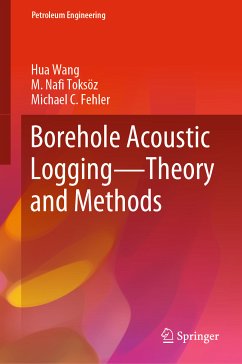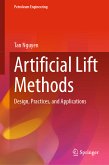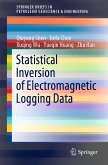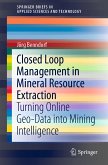State-of-the-art simulation methods, such as the discrete wavenumber integration method (DWM) and the finite difference method (FDM), are introduced to tackle the numerical challenges associated with models containing large material contrasts, such as the contrasts between borehole fluids and steel casings. Waveforms and pressure snapshots are shown to help the reader understand the wavefields under various conditions. Advanced data processing methods, including velocity analyses within the time and frequency domains, are utilized to extract the velocities of different modes. Furthermore, the authors discuss how various formation parameters influence the waveforms recorded in the borehole and describe the principles of both existing and potential tool designs and data acquisition schemes.
This book greatly benefits from the research and knowledge generated over four decades at the Earth Resources Laboratory (ERL) of the Massachusetts Institute of Technology (MIT) under its acoustic logging program.
Given its scope, the book is of interest to geophysicists (including borehole geophysicists and seismologists), petrophysicists, and petroleum engineers who are interested in formation evaluation and cementation conditions. In addition, this book is of interest to researchers in the acoustic sciences and to 4th-year undergraduate and postgraduate students in the areas of geophysics and acoustical physics.
Dieser Download kann aus rechtlichen Gründen nur mit Rechnungsadresse in A, B, BG, CY, CZ, D, DK, EW, E, FIN, F, GR, HR, H, IRL, I, LT, L, LR, M, NL, PL, P, R, S, SLO, SK ausgeliefert werden.









